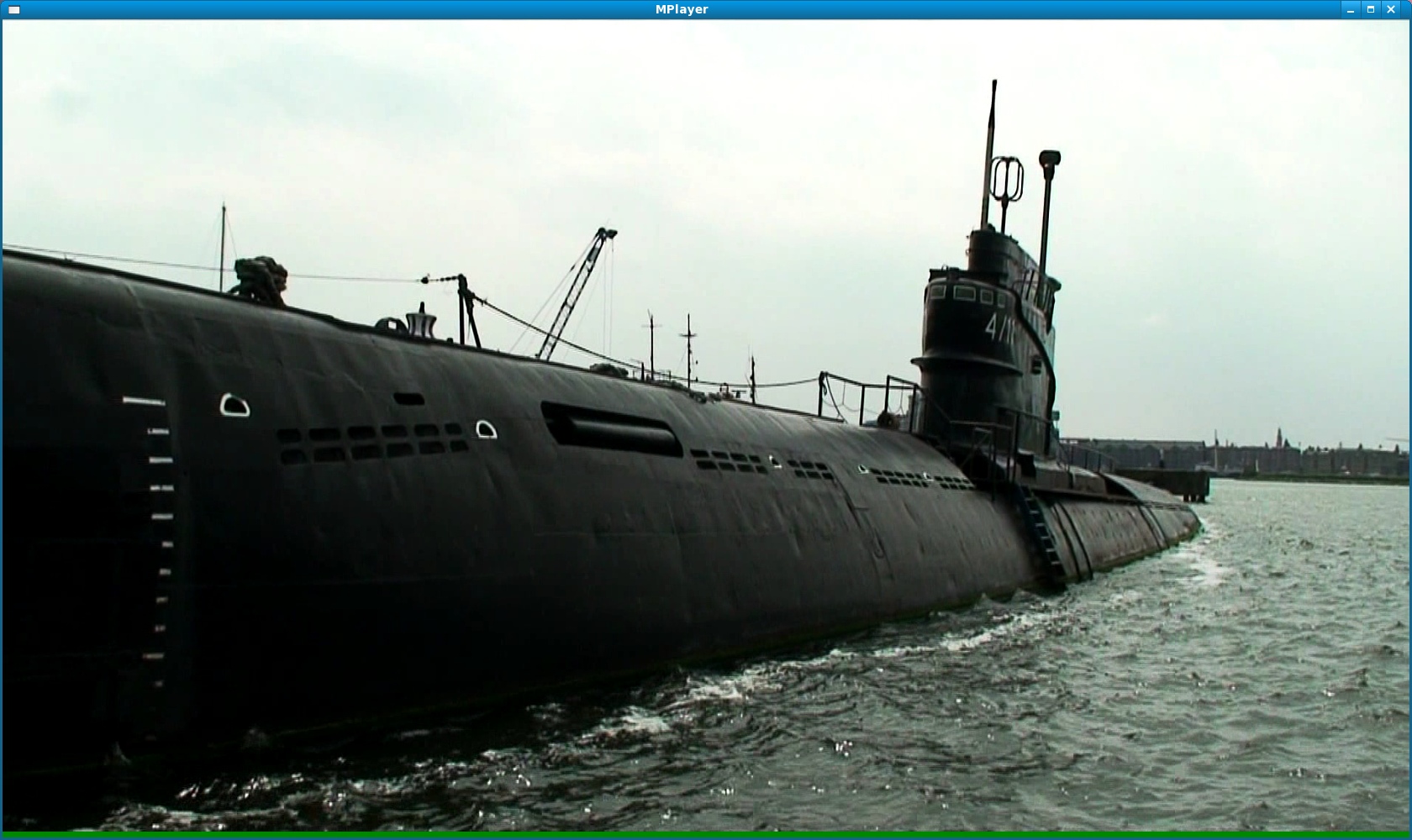
I've ditched the usual header for the moment, I think it doesn't help much anyhow.
This page is copyrighted by me, and may be read and transfered by any means only as a whole and including the references to me. I guess thats normal, the writer can chose that of course, maybe I´ll make some creative commons stuff one day, of course I have made Free and Open Source software and even hardware designs available!



Done.
(Tcl) 1 % for { set i 0 } { $i < 22 } {incr i} { w 0000000000f00000 }
01
00 00 ef 02
00 00 e0 03
00 00 d2 04
00 00 c4 05
00 00 b7 06
00 00 ab 07
00 00 a0 08
00 00 96 09
00 00 8c 0a
00 00 83 0b
00 00 7a 0c
00 00 72 0d
00 00 6a 0e
00 00 63 0f
00 00 5c 10
00 00 56 11
00 00 50 12
00 00 4b 13
00 00 46 14
00 00 41 15
00 00 3c 16
00 00 38
(Tcl) 2 %Of course it takes more iterations for the decay to reach 0 or close to zero, and 8 bits is not much, while the accuracy of the decay will already be not good when the same number of bits is used for the output as for the accumulation. There are various rounditn possibilities, for which Xilinx in it's muladd block documentation gives various options, and of course there are bit number issues, and the possibilities of using radius greater than 1 and smaller than 0 and how to use the available signs in the multipliers. Also, the minimum decay is a function of the numer of bits. This is a subject from my DSP synthesizer which uses this method with zero offset to create an ADSR with.
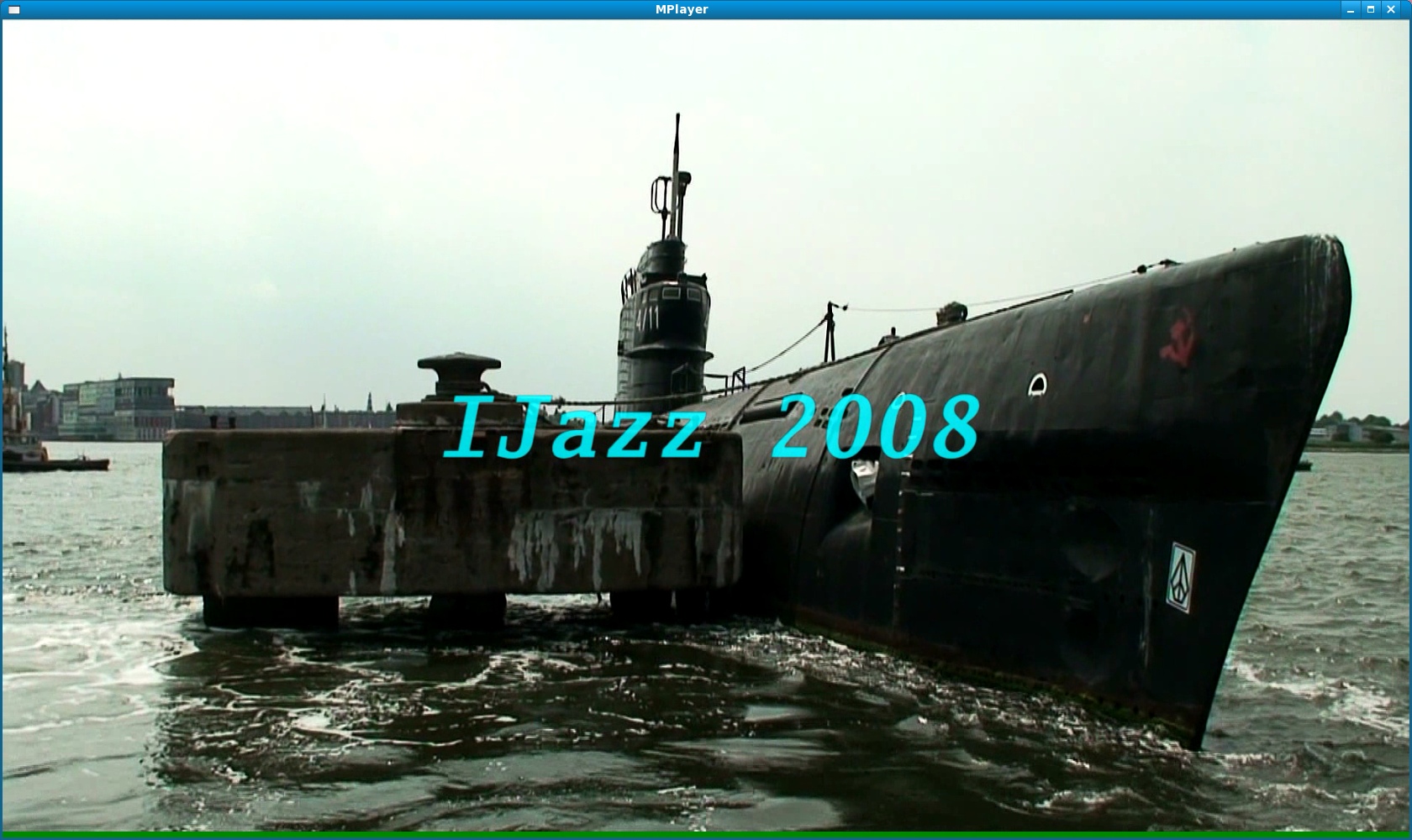

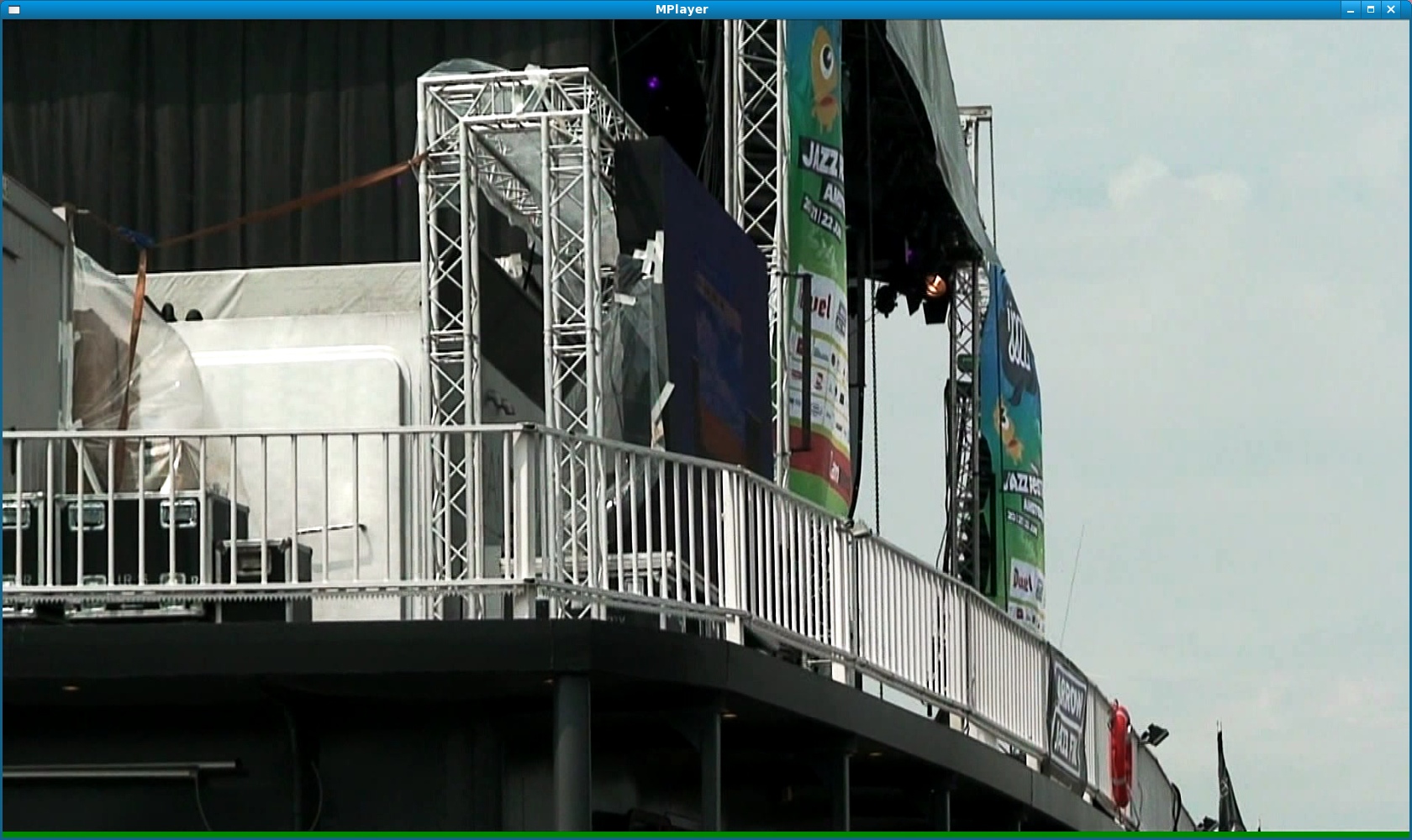
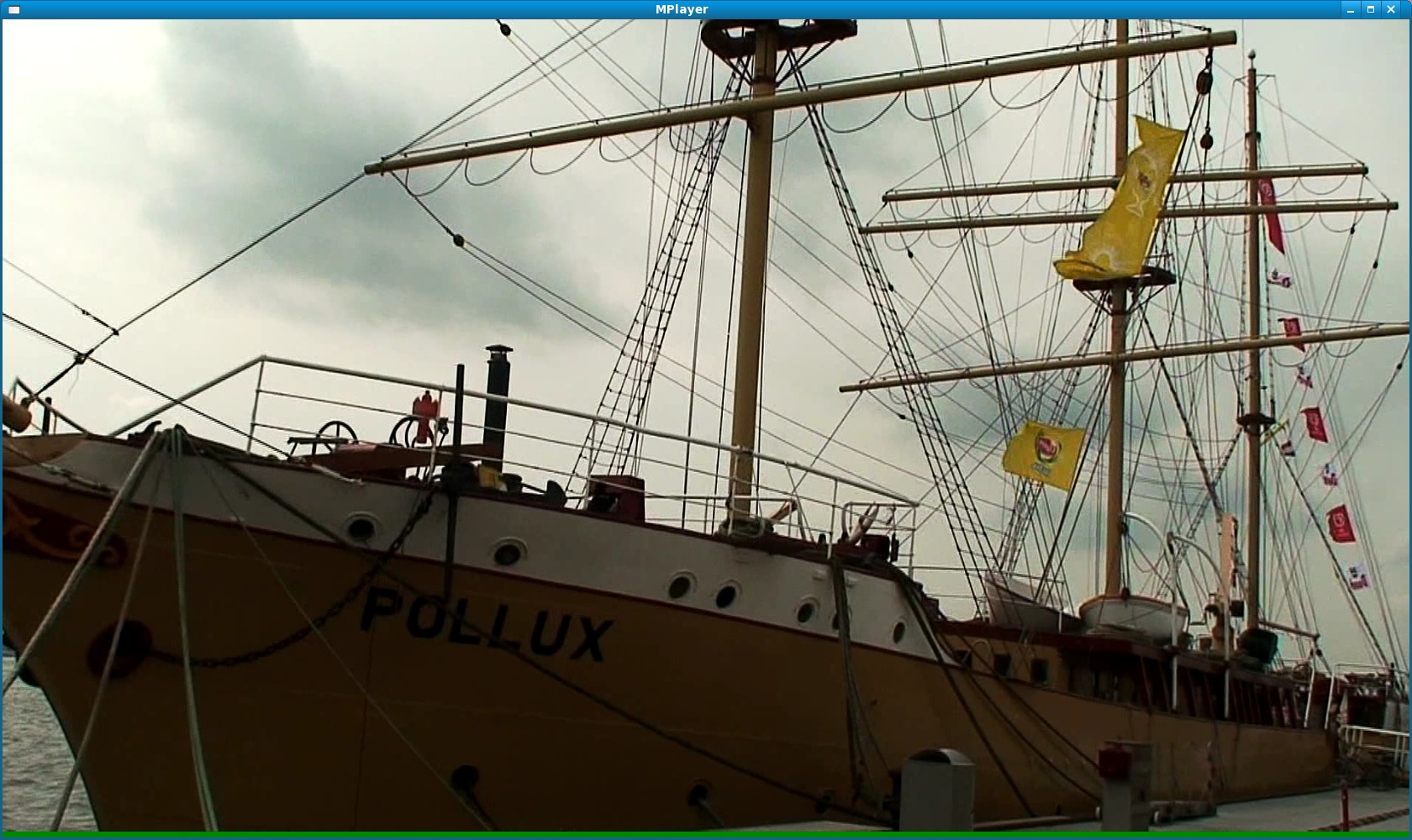
I promise solemnly on my mothers room that these are actual screen
copies from the mplayer while playing this HD video, no tricks, no
post-processing of the grabbed image. So that's pretty good by now,
even though improved prosumer HD cameras (mainly the latest sonys) are
already available.
Before the above mpeg2 stream (which had some problems on the purevideo
player, but I know I can make that work) came into existence, more than
a bit of processing has been done to the original 25 mb/s mpeg2 stream
from camera, transcoding to h264 (highest q) and deinterlaced mp4,
which got imported in Cinelera, mixed with title and sound, adaptively
filtered, histogram corrected, gamma corrected and sharpened, then
rendered to high Q mp4 (q error <= 2), and then ffmpeg transcoded to
fairly high bandwidth mpeg2.
For the moment, I´ve made a tryout edit, which for this page and the current server bandwidth I´ve limited to 720p format (1280x720 pixels progressive, 16:9, 25 frames/s) with a little under 3 (filesize 11.3 MB, but only half the test film) or a little above 4 mega bits per second (1:18 full test film, 43.2MB, this server can at best upload this file in a few minutes, not in realtime) in mpeg2 transport stream, which should be widely usable.
I´ve put it on vimeo,
too, so even with not so many bits per second, relatively, on can watch
an impression, and even leave comments, or download a high quality 720p
version I made of 200 Mega Bytes, which is probably faster to download
than from this server.
Which was not what I prefered, believe me. Anyhow, I guess I didn't prefer to have or loose faith or religion either, certain things are not fully under one's control.
Holland isn't at war, Theo !? No, but maybe it should have been with a lot of people who I've tried to decribe long ago isn't it. And I wasn't talking about the netherlands, I was talking (well, solo writing) about California preferably.
Well, I didn't have the complete image of the functioning of that
particular piece of the world, and maybe they really don't need a brain
drain toward their piece of the world, but then again I knew at least 2
people who went there with completely comparable education, so it isn't
a weird thought. And of course behind all the screens a lot more has
gone on, and I don't suppose the iraq war was about oil.
An interpreter which has been imitated with Octave, which is Free and Open Source Software, in case of Octave combined with GNUplot to draw graphs with. There is a wide variety of commands, and a lot of .m libraries of additional functions written in matlab code, which can be loaded in the interpreter.
Gnuradio has a matlab interface, too, so I picked an example sample
wave file and graphed an FFT of it's signal
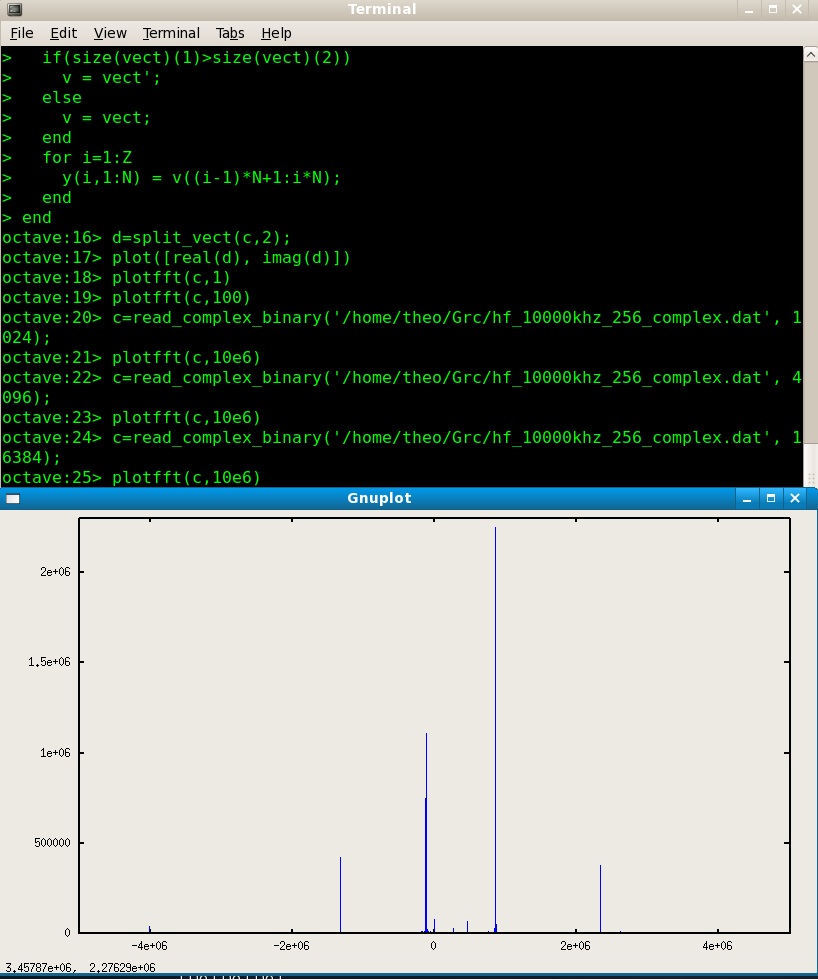
The signal starts with 128 unregular samples maybe the combined
latency of the AD converter in the hardware (which I don't have, the
example is from the internet) with the decimation and other filtering,
or just the startup time for the streams from the hardware since the
beginning of the sample recording, I don't know. Also, I'm not
necessarily understood with the complex notation of the samples, I
imagine that could simply come from the result of a mixer with sine and
cosine components where both are seperately AD-ed.
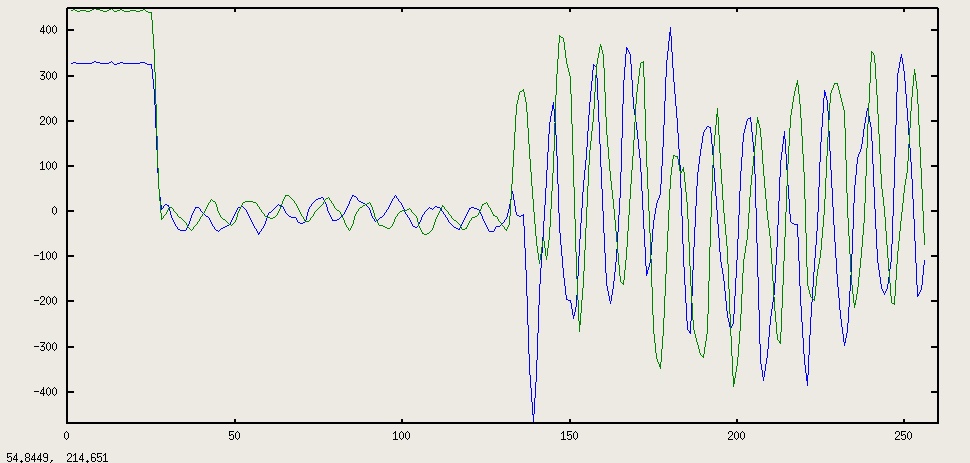
Looks a bit wild the signal, certainly not very close to a sine and cosine component, but the 16000 point fft does get good spectral components from the modulated signal and other signals it seems. It did take me about 65000 samples to visually get a nice clean fft with clearly mirrored modulation spectrum around the carier frequency of what I presumed the main signal, but it could be transients from the switching on of the various signal paths as it looks like in the above signal graph make this so.
Of course I'd be interested in the quality of a demodulated HiFi FM stereo signal, but I'm not sure I can find an example signal graph script for that, maybe I should try myself. I communicated a bit with Josh Blum about the gnu radio companion which is sort of a BWise for the gnu radio, about doing the same for the vhdl or verilog inside the gnu radio hardware FPGA, and he said he indeed has already software for that. Kind of cool to play with block designing for FPGA DSP.
In a similar subject area I found myself deluded funnily by a Agilent webpage about fast (I mean really fast like the order of Giga samples per second) Analog to Digital converter pci boards for building in a computer where there was mention of a basic configuration price of a few hundred dollars. Turned out that is the price for an upgrade of the warrantee or maintenance from one to three years...
There are some pretty fast converter chips around nowadays, TI and
AD have 14 bits converters up to a few hundred mega samples per second,
which is very good. Test boards for the not all fastests are a few
hundred dollar, and Texas has even got one with an integrated Xilinx
Spartan 3E FPGA on it foe balanced low voltage TTL signal conversion. I
use that FPGA too, it's the same one as I showed with the FPGA
synthesizer, or half the size of that one, that is not clear because
the schematics of the AD converter board says something else then the
specs.
The full range signal to noise is just not up to direct audio use (up
to about 80 dB) otherwise it would be an interesting double use to
sample and correctly correct for reconstruction errors digitally
generated audio signals. Now that would need some sort of scheme to
trade bandwidth for snr.
There's something strange with gnuplot I found out using my Mathematical Sounds Page with
for instance this formula:



Taking a little different frequency than a multiple of the inverse
graph length's wavelength equivalent (so no whole number of waves fit
exactly
in the graph) the strange 'errors' disappear:

The sound was generated right in all cases, which was an accurate wave
experiment set sounding sort of like
this.


Plants.
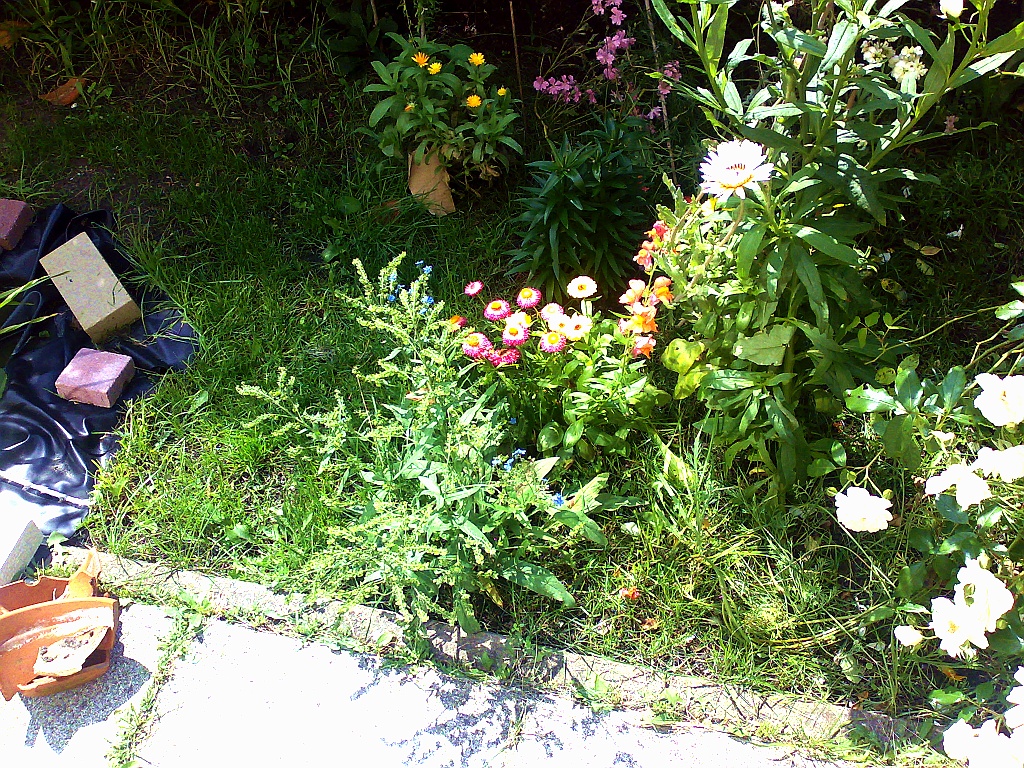
Next to the pond, bit processed picture.
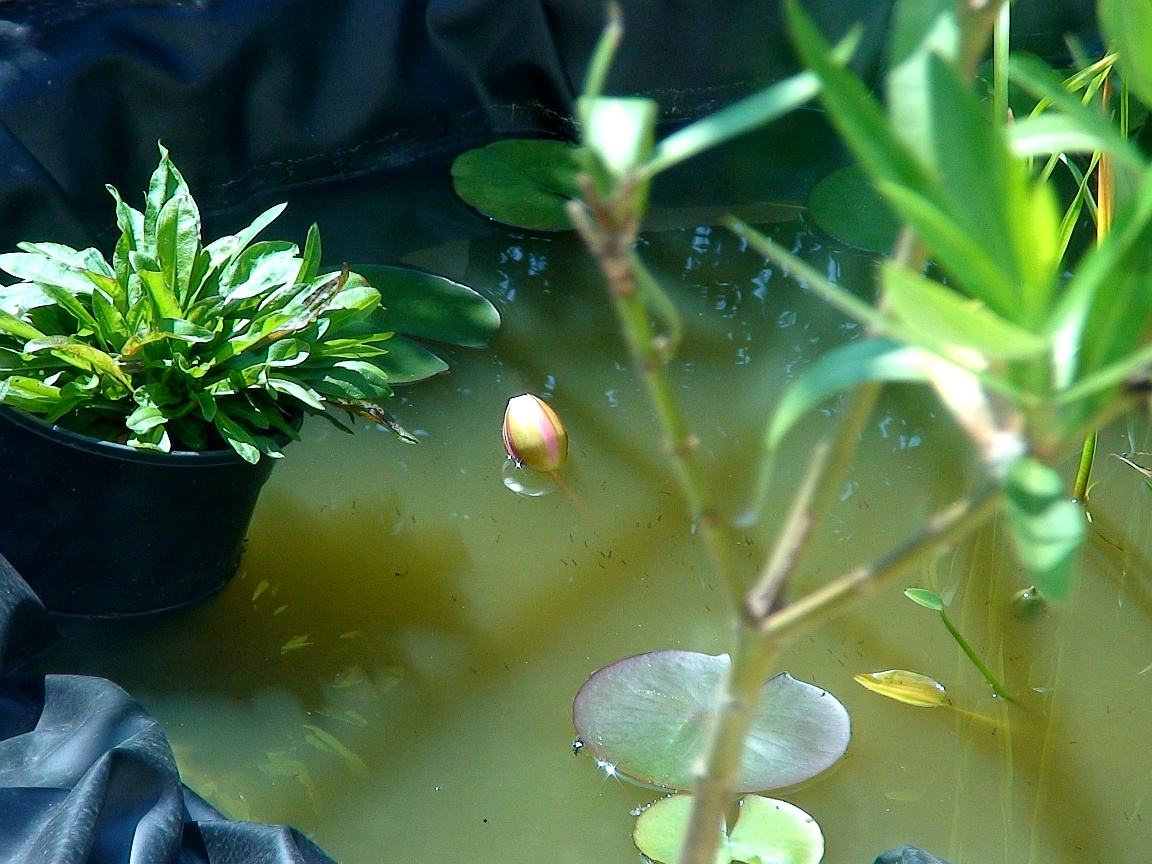
My self made pond nature, the plants and the land aren´t
mine...
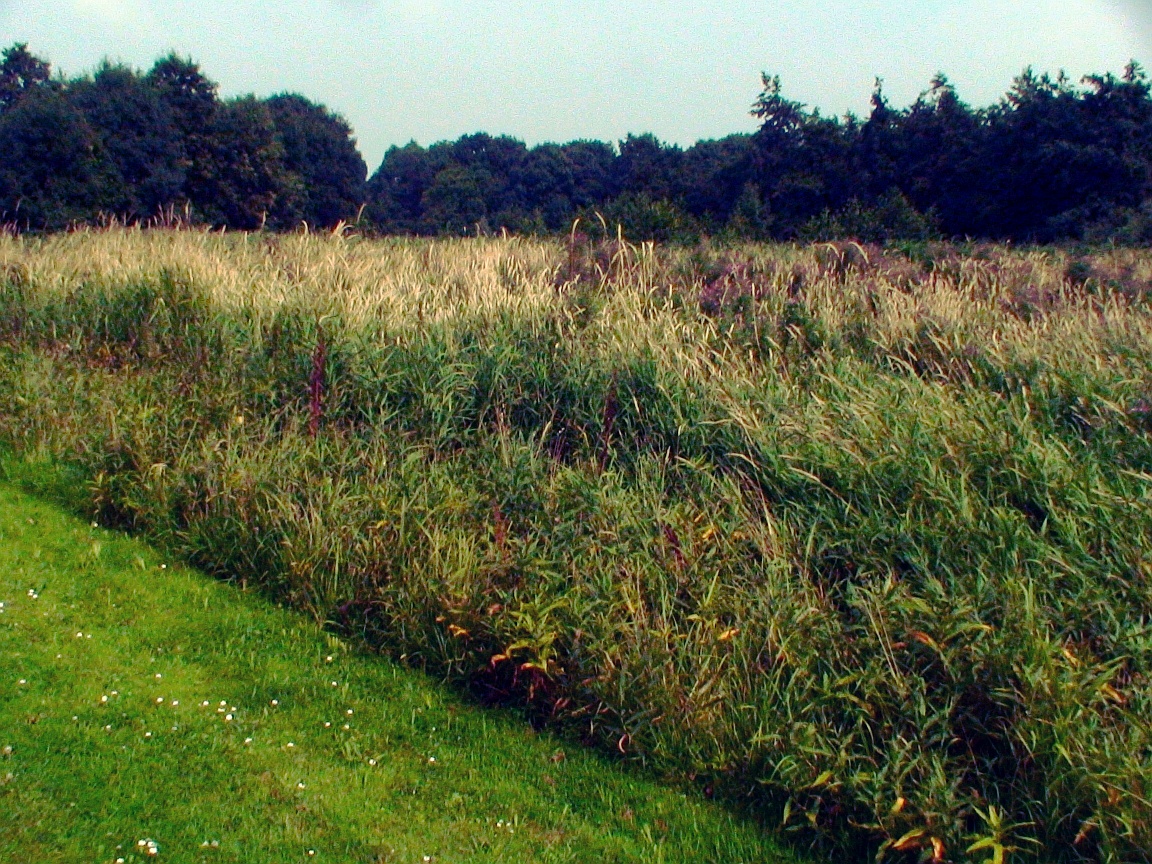
A nature ´reserve´.

Near IJazz, zoomed and processed.
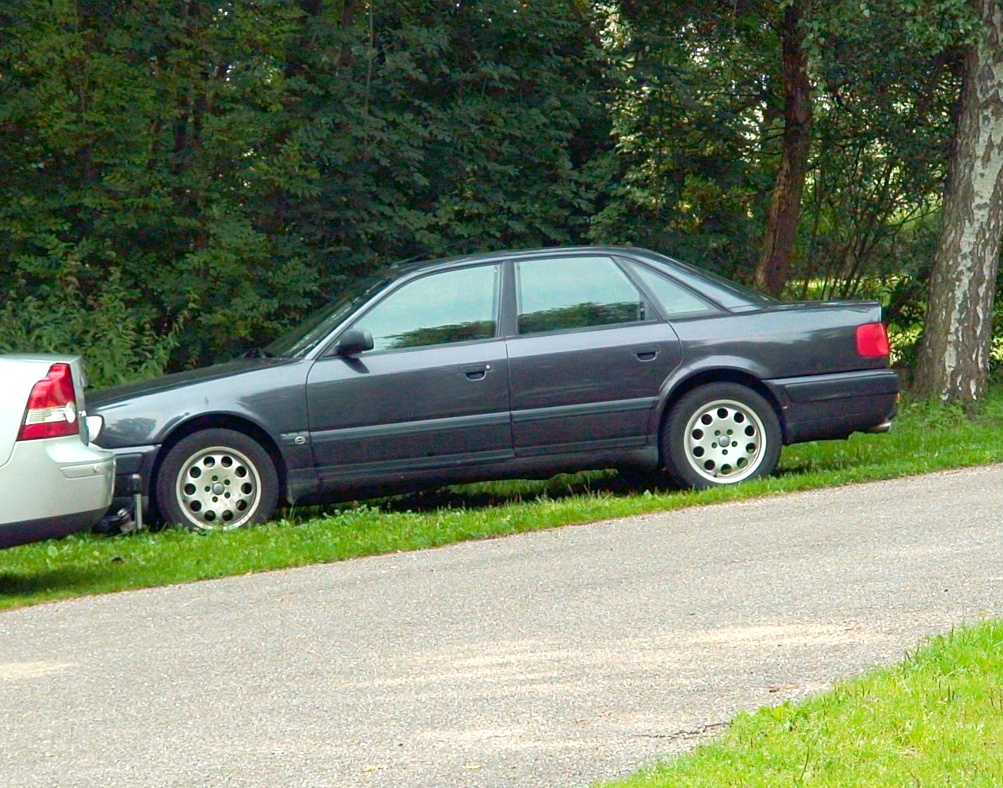
Almost starting to look american, which is good, back to nature, but
with the right shapes.
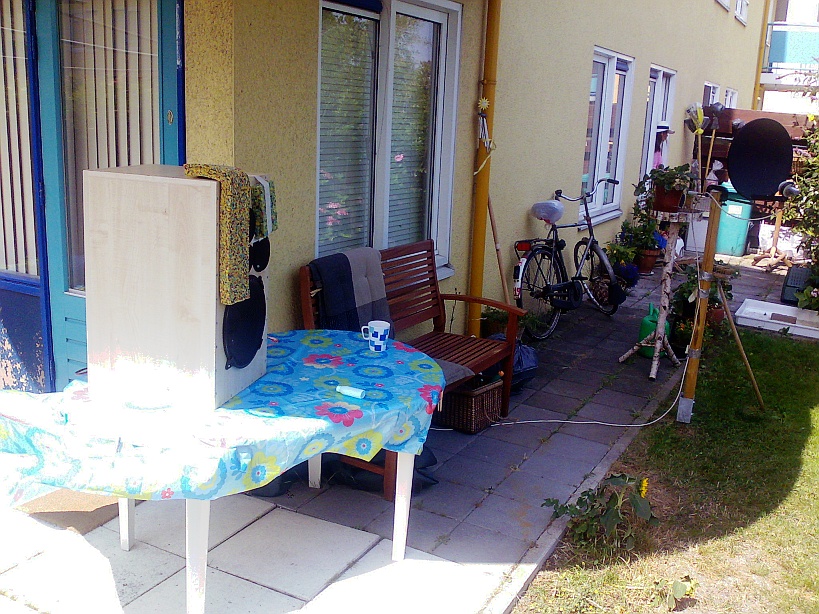
Pure audio, straight from CD quality, unprocessed, probably
(hopefully) sample for sample, 3 multi band amplified, in this case 2
because this time the sub wasn´t carried out, and a few tens of
watts (with loads of reserve of course. great.